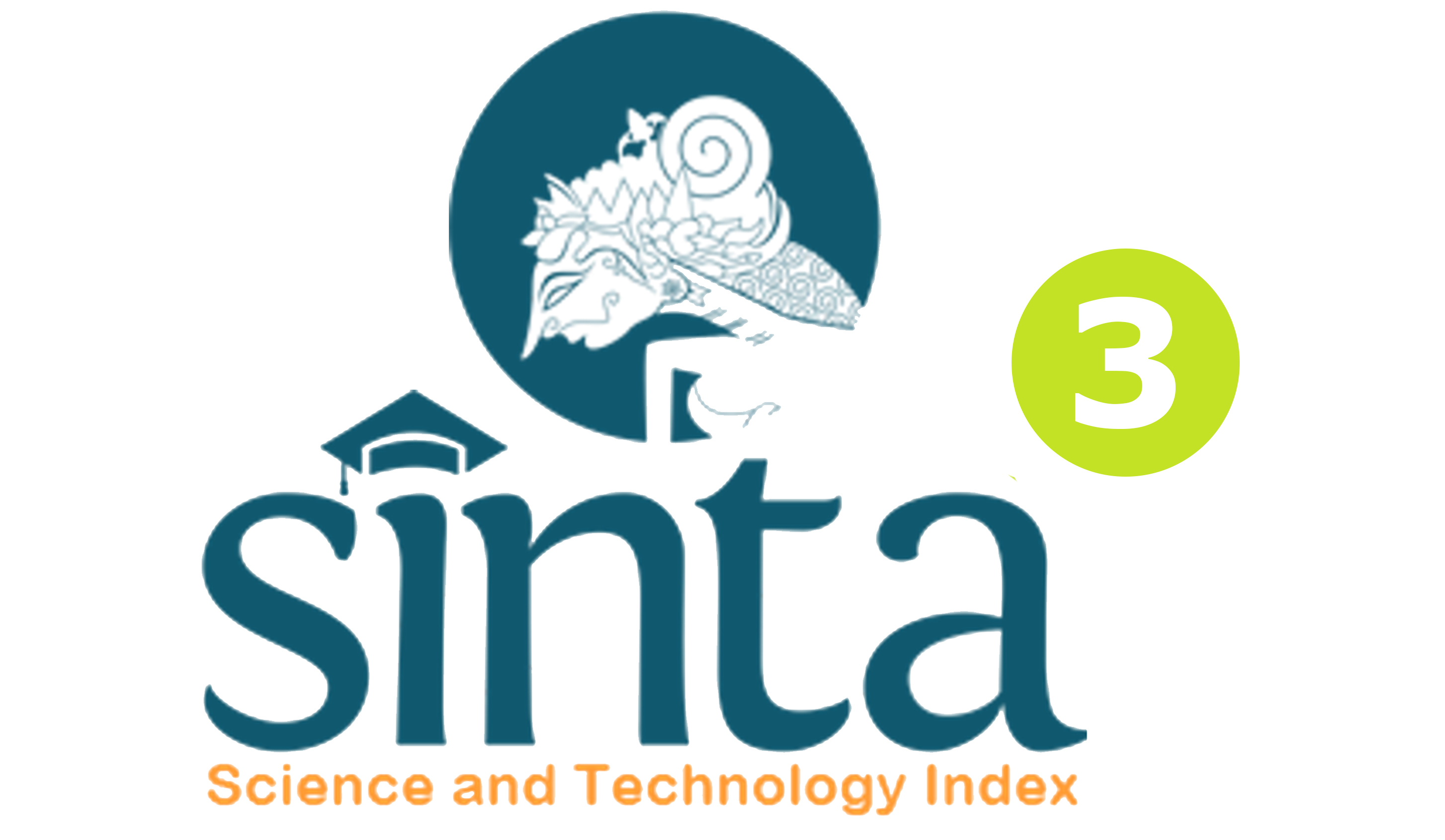EFEKTIVITAS MODEL KONSELING BEHAVIORAL TEKNIK MODELING DAN TEKNIK RELAKSASI UNTUK MENGEMBANGKAN SELF ENDURANCE SISWA KELAS VIII SMP NEGERI 3 SINGARAJA
DOI:
https://doi.org/10.23887/jibk.v4i1.7542Abstract
Tujuan penelitian ini adalah untuk mengetahui Efektivitas Model Konseling Behavioral Teknik Modeling dan Teknik Relaksasi untuk Mengembangkan Self Endurance Siswa Kelas VIII SMP Negeri 3 Singaraja. Desain penelitian yang digunakan adalah Nonequivalent Control Group Desain merupakan model eksperimen semu (quasi ekperiment). Metode analisis data yang digunakan adalah t-test. Hasil penelitian ini yaitu kelompok eksperimen I menghasilkan 17.82 -18.69 dimana t hitung =19,95> t tabel= 1,69. Kelompok eksperimen II menghasilkan 20.75 > -18.69 dimana t hitung = 20,2256 > t tabel= 1,69552. Treatmen teknik modeling dan teknik relaksasi model konseling behavioral didapatkan perbedaan 17,82 < 20,75 dimana t hitung= -1,19 > t tabel = 1,694. Hasil uji F menyatakan bahwa kedua varian tidak homogen dimana Fhitung > Ftabel yaitu 1,08<4,00. Dari hasil uji t bahwa Harga t hitung diperoleh -1,19 dan Harga t tabel sebesar 1,694. Jika dibandingkan Harga t hitung dengan Harga t tabel didapatkan bahwa -1,19 < 1,694 artinya Harga t hitung > Harga t tabel. Ini membuktikan bahwa, terdapat perbedaan antara teknik modeling dengan teknik relaksasi model konseling behavioral terhadap self endurance siswa. Dari hasil rerata hitung, didapat 17,82<20,75 , artinya nilai rerata hitung teknik modeling lebih kecil daripada teknik relaksasi. Ini berarti Ho diterima dan Ha ditolak. Untuk itu hipotesis ketiga yaitu terdapat perbedaan efektivitas teknik modeling dengan teknik relaksasi model konseling behavioral terhadap self endurance siswa kelas VIII SMP Negeri 3 Singaraja diterima.Kata Kunci : Behavioral, Modeling, Relaksasi, Self Endurance
The purpose of this study was to determine the effectiveness of the Model Counseling Behavioral Modeling Techniques and Relaxation Techniques to Develop Self Endurance Class VIII students of SMP Negeri 3 Singaraja. The study design used is Nonequivalent Control Group is a model of a quasi-experimental design (quasi ekperiment). Data analysis method used was t-test. The results of this study is the first experimental group produces = 17.82> = -18.69 where t = 19.95> t table = 1.69. The experimental group II yield = 20.75> = -18.69 where t = 20.2256> t table = 1.69552. Treatments modeling techniques and relaxation techniques behavioral counseling model obtained difference = 17.82 <= 20.75 where t = -1.19> t table = 1.694. F test results suggest that both variants are not homogeneous in which Fhitung> Ftable is 1.08 <4.00. From the test results t t that price and the price obtained -1.19 t table of 1.694. When compared Price t arithmetic with t table shows that price -1.19 <1.694 means the price t count> t table price. This proves that there is a difference between modeling techniques with behavioral counseling model relaxation techniques against self endurance students. Arithmetic mean of the results, obtained = 17.82 <= 20.75, meaning that the arithmetic mean value is smaller than the modeling techniques of relaxation techniques. This means that Ho is accepted and Ha rejected. For the third hypothesis that there are differences in the effectiveness of modeling techniques with behavioral counseling model relaxation techniques against self endurance class VIII SMP Negeri 3 Singaraja accepted.
keyword : Behavioral, Modeling, Relaxation, Self Endurance
Published
Issue
Section
License
Jurnal Ilmiah Bimbingan Konseling Undiksha is an Open Access Journal. The authors who publish the manuscript in this journal agree to the following terms:
JIBK is licensed under a Creative Commons Attribution 4.0 International License. This permits anyone to copy, redistribute, remix, transmit and adapt the work provided the original work and source is appropriately cited.
This means:
Jurnal Ilmiah Bimbingan Konseling is licensed under a Creative Commons Attribution 4.0 International License.
(1) Under the CC-BY license, authors retain ownership of the copyright for their article, but authors grant others permission to use the content of publications in JIBK in whole or in part provided that the original work is properly cited. Users (redistributors) of JIBK are required to cite the original source, including the author's names, JIBK as the initial source of publication, year of publication, volume number, issue, and Digital Object Identifier (DOI); (2) The authors are the copyright owner of the article, and the author grants the JIBK held the first publication right.









.png)

.jpg)
